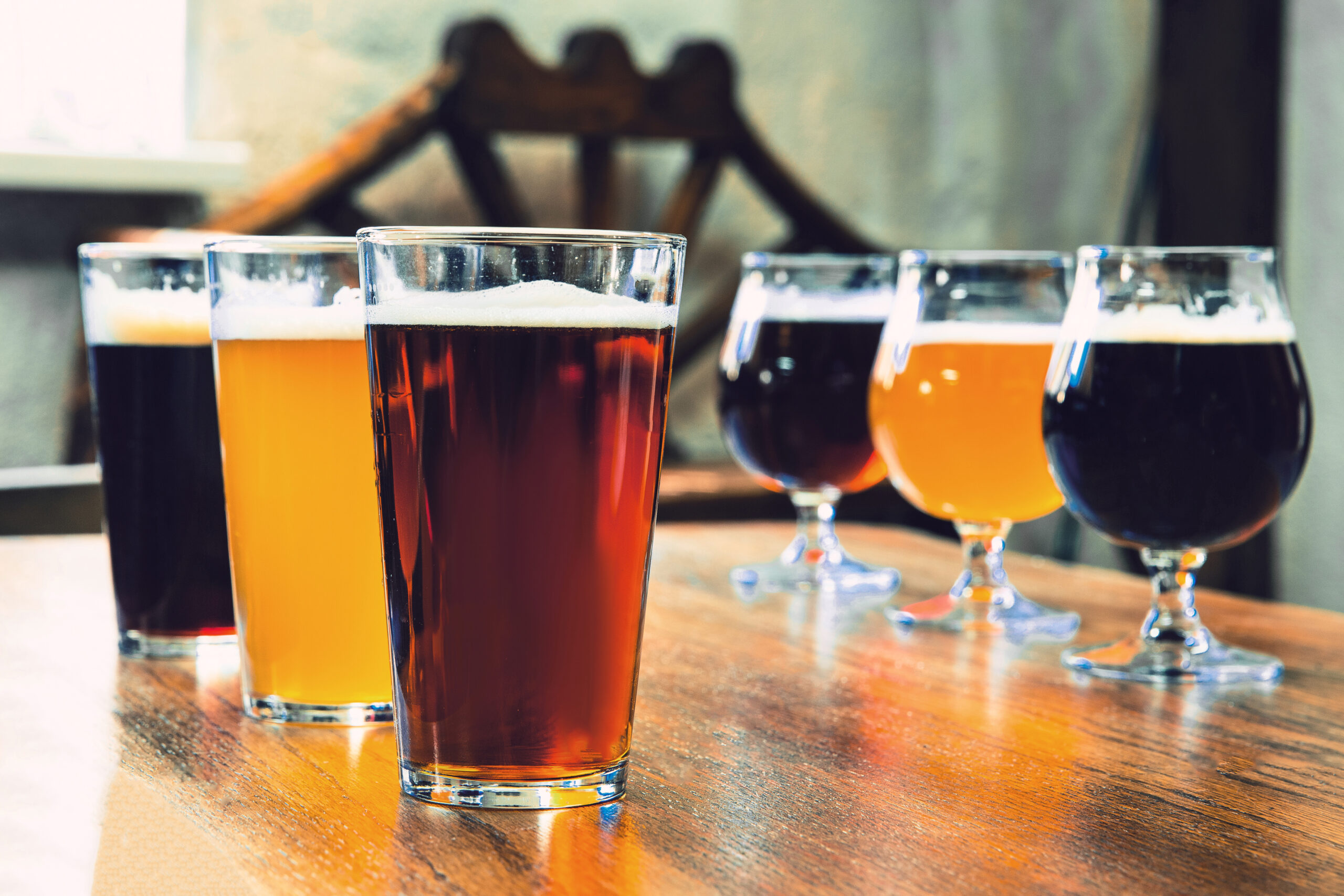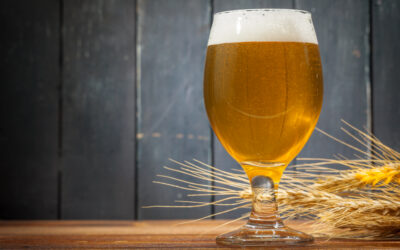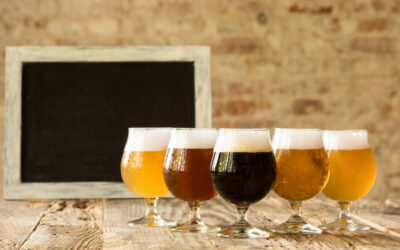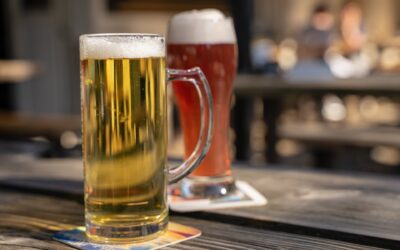Beers have many purposes. Some are for quaffing with your mates in a bar while you get on with the serious business of conversation. Some are minor works of art in their own right. Others should be sipped, to assist with thinking.
Most wines contain between 9.5% and 14% alcohol by volume (ABV), reflecting the natural sweetness of grape juice. The sweetness of wort fermented by brewers is far more flexible, allowing the creation of palatable beers in a far wider range of strengths, colours and characteristics. Indeed, it is possible to find impressively flavoursome beers at any strength from 3% to 14% ABV, with a few found beyond those limits. Even among the new low-alcohol (<0.5% ABV) beers, a few show promise.
The beer classification systems used by brewers or the organisers of beer competitions always acknowledge the importance of beer strength, using either numerical rules such as percentage alcohol or wort intensity, or else more loosely based concepts such as ‘ordinary’, ‘best’, ‘special’, ‘strong’ and so on.
From the consumer standpoint, leaving low-alcohol beers aside, there are three principle strengths of beer, which we term ‘session’, ‘sampling’ and ‘sipping’, based on the beer’s role in social drinking.
For some years, lighter, mainstream types of beer have become known increasingly as ‘session’ beers. Typically these range between 4.0% and 5.5% ABV, though in countries with unusually high beer taxes, such as the UK, Ireland and most of Scandinavia, the lower limit may be as little as 2.8% ABV.
Initially mostly in Belgium, but spreading to the Netherlands, Italy and Scandinavia, and now throughout Europe, there has been a return to brewing stronger ales (5.5-9.0% ABV), typically bottled or canned, often with live yeast, for sampling slowly and sometimes sharing with the rest of the table.
Many countries are also seeing growing interest in various styles of beer designed to have fuller flavours, comparable with wines (8% ABV and upwards). Often served in smaller measures (15-33 cl) and intended strictly for sipping, these tend either to be revived styles, or else examples of a lighter style that has been intensified.





